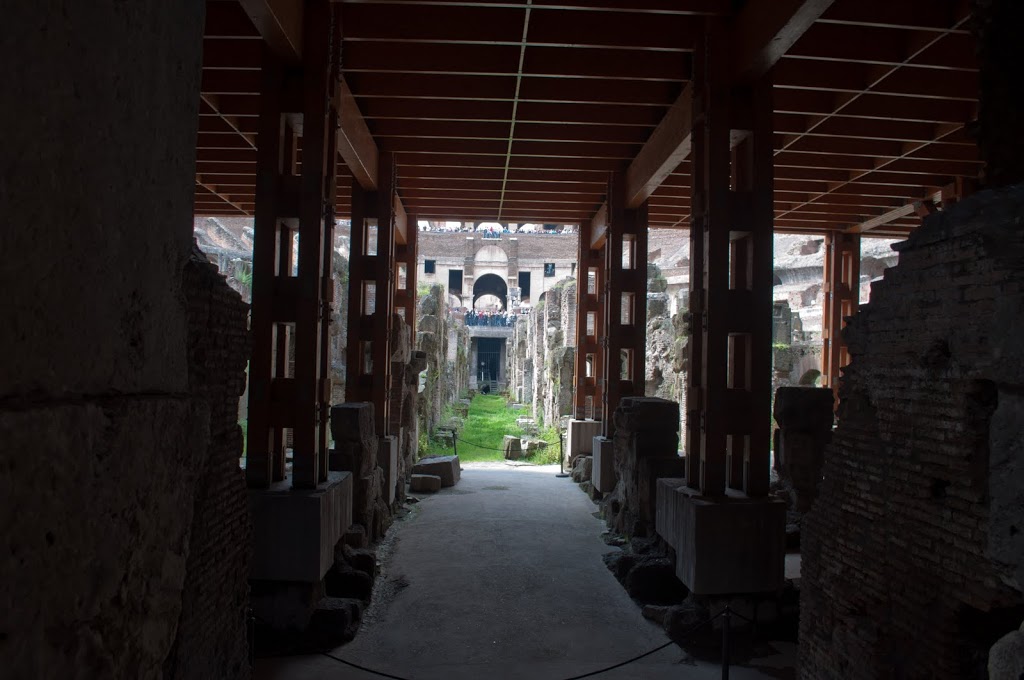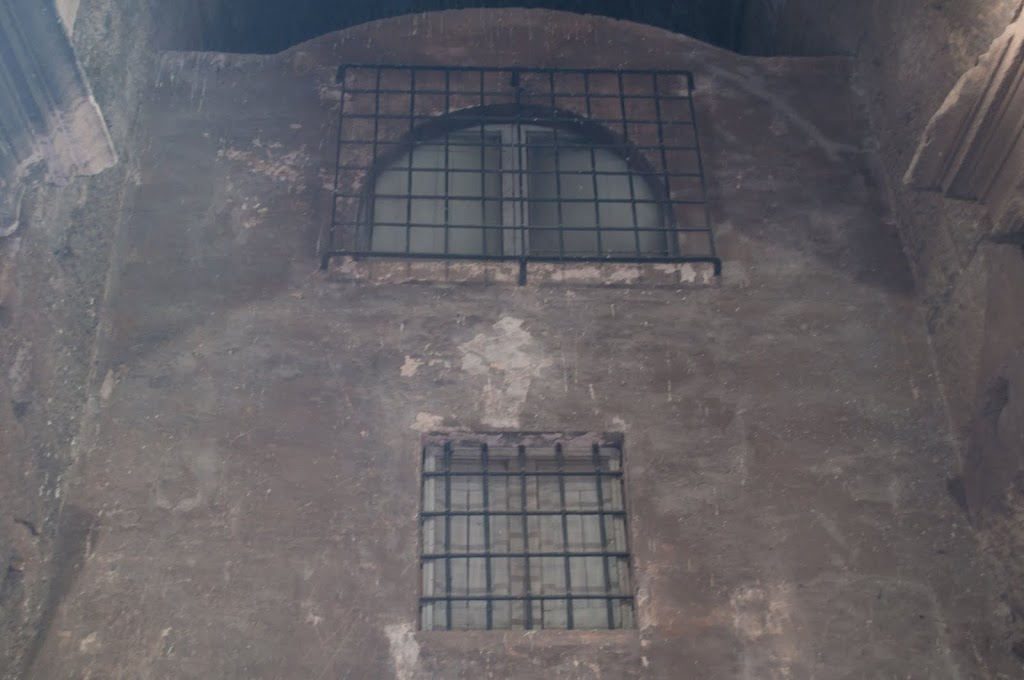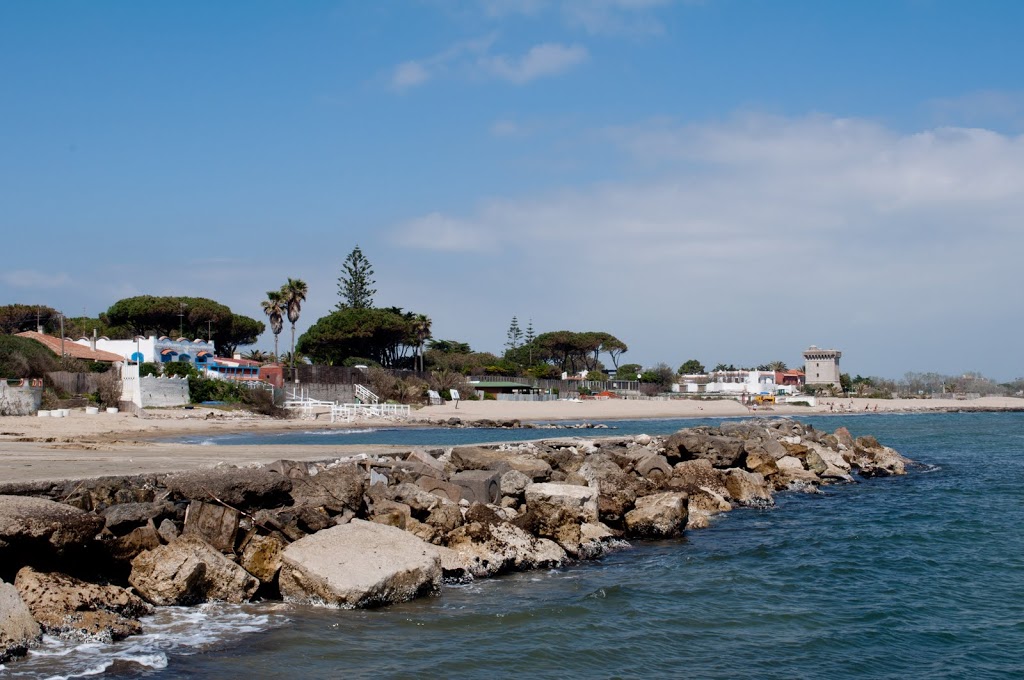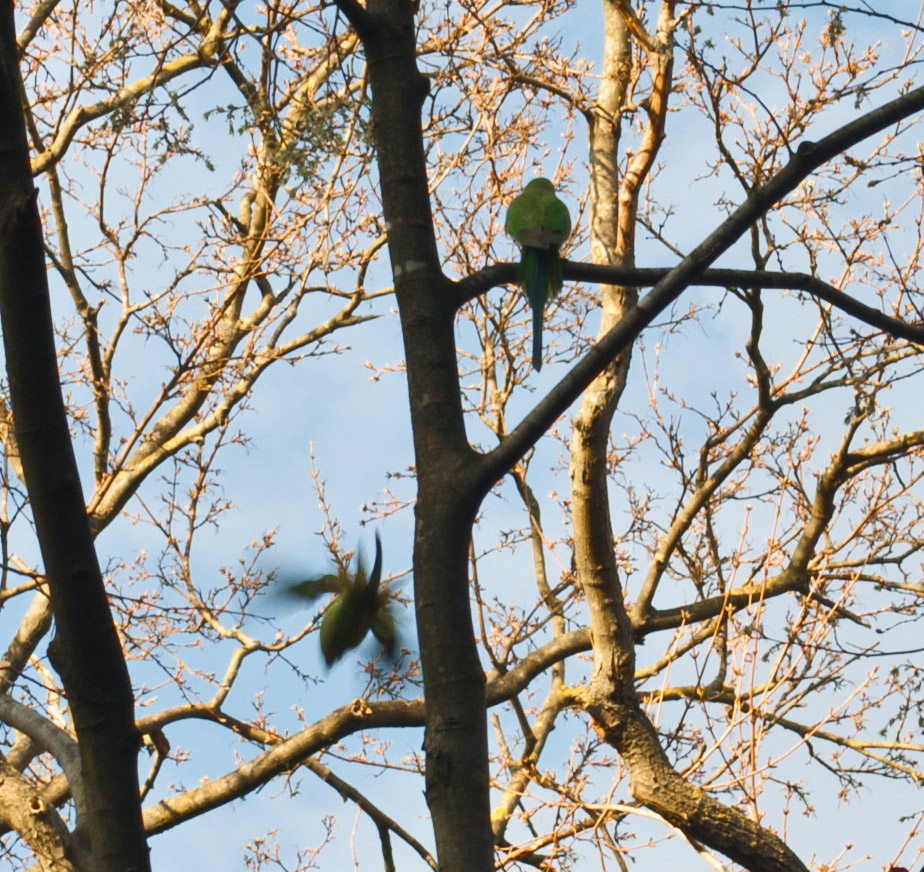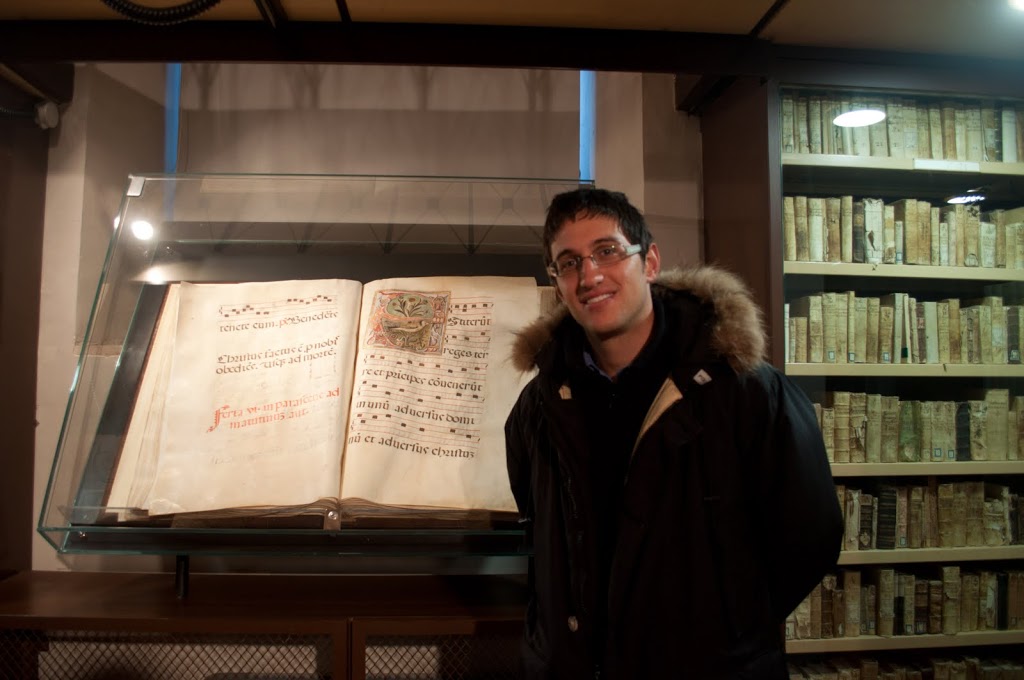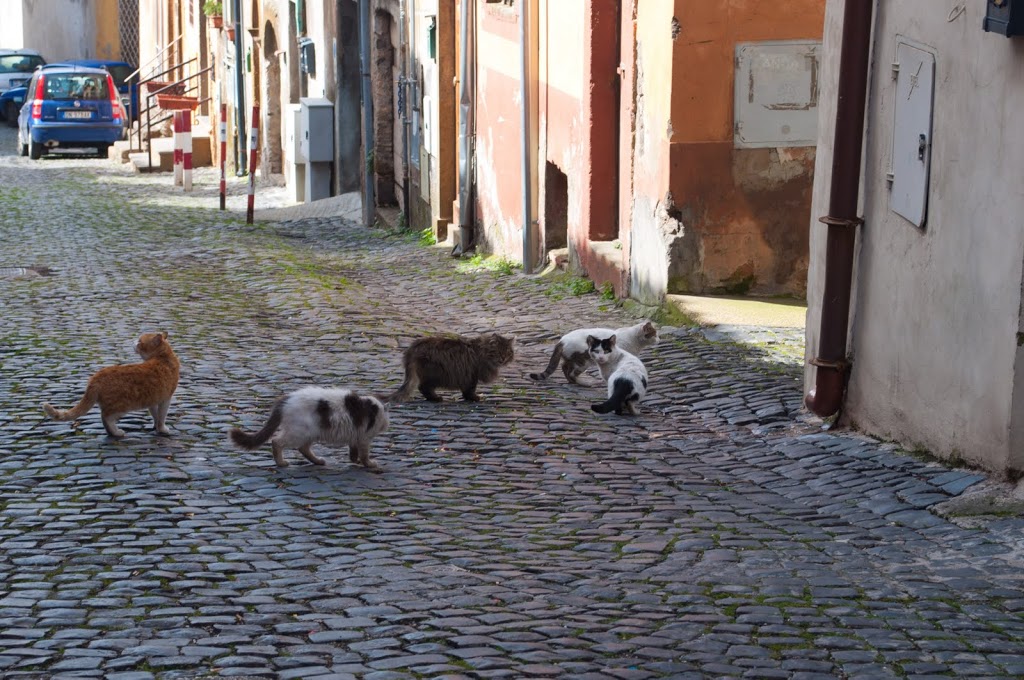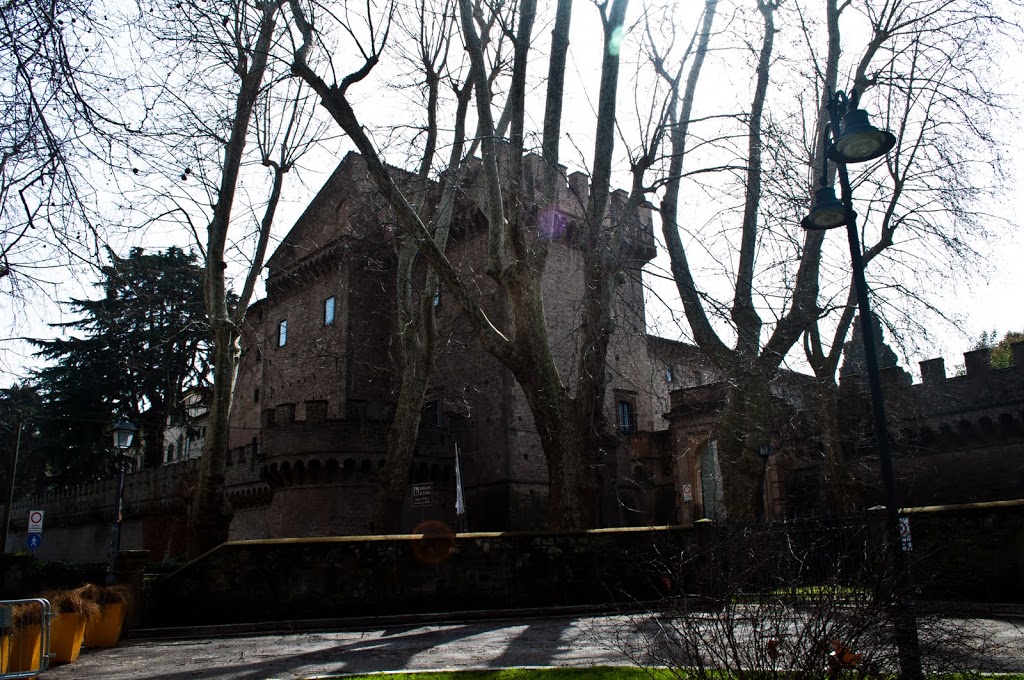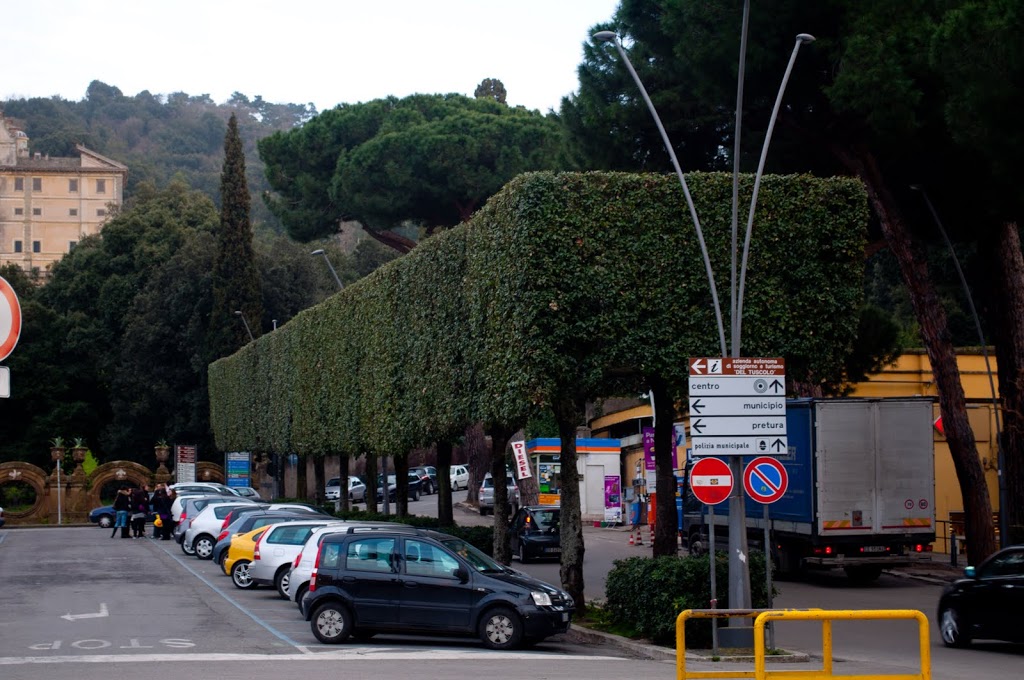Amici di Roma is a group of academics with interest in the archeology and art history. During Culture Week in Rome they hold a series of events for free or with a guide for 10 euros. Daniele and I made reservations to see the Palazzo Quirinale and Colosseo on a day Daniele was free.
We had a tour of Palazzo Quirinale in the morning, which I believe is open once a month normally. Our guide was really good and I actually understood most of what she said (it was in Italian). The palace was amazing, just room after room with beautiful glass lamps and wall decorations. In roman times this hill was home to a complex of baths and statues. As the tallest hill in Rome it was a very desirable place for palaces. In 1583 Pope Gregory XIII build the Palazzo Quirinale here as a summer home to escape the humidity of the Tiber River. In 1870 when the papel state was overthrown, Rome joined the rest of united Italy. Immediately after in 1871 Rome became the capital and the palace became the home of the king. In 1946 the monarchy was abolished and the palace is now the official home and office of the president.
In the afternoon we went to the Colosseum or “Colosseo”. It was free for culture week, so it was super crowded. Luckily we were with the “Amici di Roma” group and didn’t have to wait in line. Unfortunately this guide (or more the other person “organizing”) was not very organized and lost half of our group. She was practically running through the crowds and our group split in half at some point. Luckily someone with us had the number of someone with them, so we got reunited after a little confusion.
The point of this tour was not to see the normal inside of the Colosseum, which you really only need to do once and I had already done. They brought us underneath and on top to areas normally restricted. In fact as we were let through locked gates I heard at least once “how come they get to go through?”.
First we went underneath. The area has only just been opened to anyone besides archeologists. The guide was difficult to understand, but she showed us where animals (or whatever) where brought to the stage level on pulleys. Also where water was brought in from the aqueducts to flood the Colosseum and stage naval battles.
Then we went up top. Like top top. I’m pretty sure were were right where Alberto Sordi threatened to jump if not brought to the US in “Un Americano A Roma” (recommended film). Up top our guide told us more about the history of the Colosseum. All the shows were free and they could load everyone in and out in a few minutes. The seats right up front were for the senators. The only woman allowed on the first floor was the emperor’s wife. All other women were on the higher seats because the shows were considered a thing for men. Not far we could see the field where the gladiators would have trained.
Before the Colosseum was build the valley was a swamp. The Ancient Romans lived in the hills. Nero drained the water from the swamp because he wanted to build a giant villa. He died before finishing it, and the Flavi family used the materials to start building the Colosseum.
After Constantine converted the empire to Catholicism, they started using the Colosseum less and less. It just wasn’t considered very Christian. Eventually everyone stopped caring about it and it fell to all different kind of uses over the years. The papacy even made it into its personal quarry, using its marble to build up the Vatican. That is why a whole chuck of the side is missing by the exit. The Romans, who invented cement, did not use any on the Colosseum, they held the stones together with bronze clamps, which were also taken, leaving those pock marks. For a while people even had apartments inside; if you look you can see the retrofitted windows.
The story ends well, in 1749, Pope Benedict XIV declared the Colosseum a secret site saying that martyrs had died there. He began reinforcement and excavation and more was done by Mussolini. Today, of course, it is one of the most popular tourist sights in the world.
Pictures from this fun day are in my Rome and Monterotundo Album: https://picasaweb.google.com/111221349198606775660/20110225RomaAndMonterotondo


